Saturday was the final day of our field course, and was again overcast, rainy and cool. Our day began with our last breakfast in Brazil, which consisted of fried plantains, soft queijo minas cheese, bananas and papayas. The students and Dr. Carvalho presented Dr. Lougheed with a handcrafted viola caipira, a 10 stringed guitar-like instrument popular in Brazilian folk music. A token of our appreciation for Dr. Lougheed’s hard work, each student contributed approximately $60 reals to buy it. Dr. Lougheed was very moved by this and disappeared to his room for a bit …
The main of the day was a geocaching competition. Allen hid 12 questions related to the course made by him, Dr. Lougheed and Dr. Carvalho in various places around the field station and recorded their GPS locations. He then explained the rules of the exercise to the class, gave a few tips, and provided the coordinates of the questions. Each group then took a GPS unit and headed off into the rainforest. Every group used a different strategy, with some entering the coordinates into the GPS units beforehand in an attempt to create an optimal path, others using them to check their location relative to the questions, and a few ignoring the GPS units and following the trail. Group 2, consisting of Sean, Cheyenne, Maleeka and Sierra ended up winning the competition, getting 10 points of out 12 questions with a time of 59 minutes despite the heavy rain that began mid-way through the activity.
The students then finished packing their bags and cleaning up and we departed for São Paulo–Guarulhos International Airport at 3:15 PM. We arrived at the airport at 6:30 PM after a quick rest-stop at a Frango Assado on the SP-070, near the SP-099. After an uneventful queue through security and Brazilian customs, we departed for Chicago-O’Hare and then Toronto-Pearson on UA844/UA476. Thankfully, neither of our flights were delayed, and despite rushing through US customs and the baggage check at O’Hare, we made it back to Toronto by 10 AM on Sunday, March 1st.
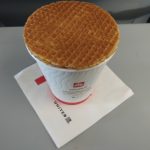
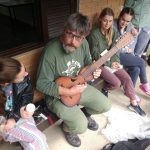
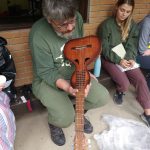
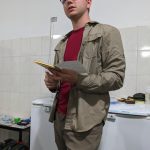
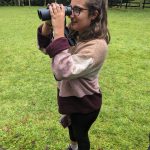


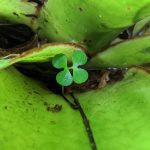
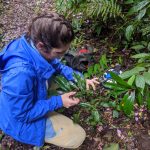
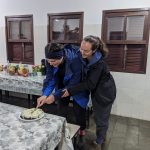
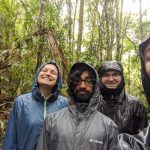
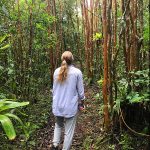
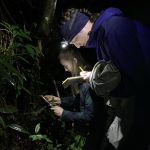
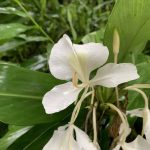
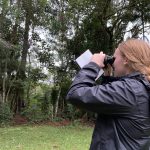
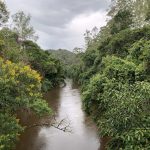
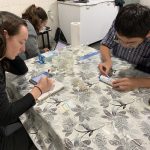
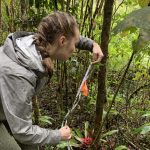
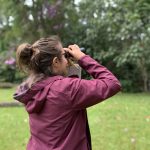
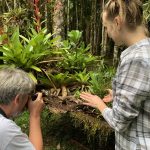
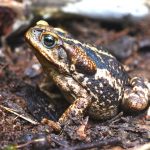
Recent Comments